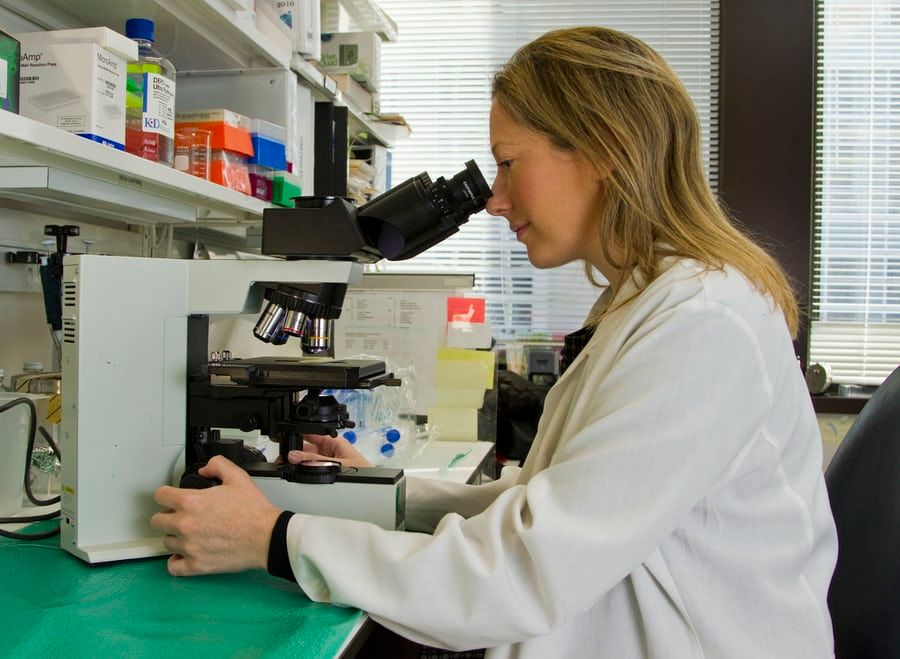Impact of COVID-19 on HIV Testing in Children and Adolescents
Index testing declined in countries including Malawi, Lesotho and Zimbabwe.

With the onset of the currently ongoing COVID-19 pandemic last spring, many issues in healthcare across the world had to take a back seat. The novel virus took the forefront of treatment and the attention of those who give it.
With an estimated 150,000 new human immunodeficiency virus (HIV) infections in 2019 among children <15 years old and 170,000 among adolescents between the ages of 10 and 19, HIV testing and diagnosis remains a key issue in mitigating the public health issue.
A recent study conducted by the US Centers for Disease Control and Prevention (CDC), in collaboration with the United States Agency for International Development, sought to describe the impact that COVID-19 has had on HIV testing and diagnosis in children and adolescents in the past year. The data was presented during the Conference on Retroviruses and Opportunistic Infections (CROI) 2021 virtual sessions.
The study analyzed US President's Emergency Plan for AIDS Relief (PEPFAR) Monitoring, Evaluation and Reporting (MER) data from 14 countries in sub-Saharan Africa.
They compared the number of children between the ages of 1 and 14 and the number of adolescents between the ages of 15 and 19 who received an HIV test and were diagnosed as HIV-positive before and during the COVID-19 pandemic. They then calculated the percent change for the two indicators in the two time periods.
Findings from the study showed that overall pediatric HIV testing declined by 40% and diagnoses declined by 29% across the 14 countries that were studied. Testing and diagnoses also declined for older adolescents by 28% and 29%, respectively. However, some countries did have an increase in testing and diagnoses including Cameroon, Nigeria and Côte d'Ivoire.
“Pediatric and adolescent HIV testing and diagnoses dramatically declined in many sub-Saharan African countries during the COVID-19 pandemic. Countries – like Cameroon, Côte d'Ivoire and Nigeria – that maintained or increased index testing during COVID-19 had the lowest declines in case finding,” the authors wrote. “To mitigate the effects of COVID-19, programs may consider strategies to maximize index testing for children and adolescents (<19) of people living with HIV.”
